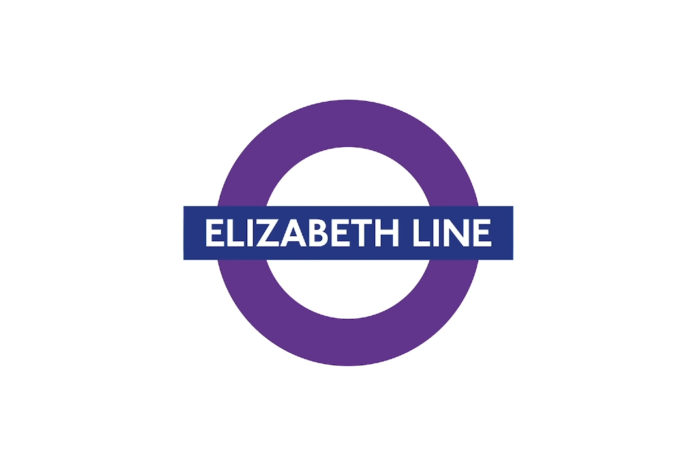The new Elizabeth line is set to open this month on May 24
With the opening of the new Elizabeth line, London’s renowned underground transit system will undergo the most extensive renovation in decades. The new London subway line promises to change the city for both commuters and visitors as well as support new jobs and housing across London, Berkshire, Buckinghamshire and Essex.
According to Transport for London, the new Elizabeth line will be open to customers on May 24 and will board passengers more than 10 stories below the streets of London. The new quiet public transportation system is built with high-speed rail tracks supported by rubber padding that absorbs shock and muffles noise. The tunnels are even climate-controlled and have Wi-Fi.
The new London subway line goes beyond the Tube. Its trains will serve as both an underground subway in the heart of London and an above-ground railway that connects Essex towns to the east and to Heathrow airport and the city of Reading to the west. When completed, the 73-mile east-west line would connect the suburbs closer to downtown, bringing 1.5 million more people within 45 minutes of travel.
Transport for London Commissioner Andy Byford, who was instrumental in the project’s completion, told The Washington Post that they “sweated blood to bring this to completion.” Byford also stated that the new Elizabeth line will be the “pride of London and the envy of the world” as a “remarkable technological and engineering achievement.”
The opening of this new London subway line falls on the 70th anniversary of its namesake, Queen Elizabeth II, who is celebrating her Platinum Jubilee. However, officials admit that the Elizabeth line is four years late and $5 billion over budget, and that the interminable underground digging and construction distracted everyone along its path.
Also known as the Crossrail project, the Elizabeth line was Europe’s largest infrastructure project. It’s outlasted three mayors of London and four prime ministers. As a result, there are now ten new underground stations made of glass-fiber reinforced concrete designed to “ease the urban jitters of underground passage-making”, according to the designers.
